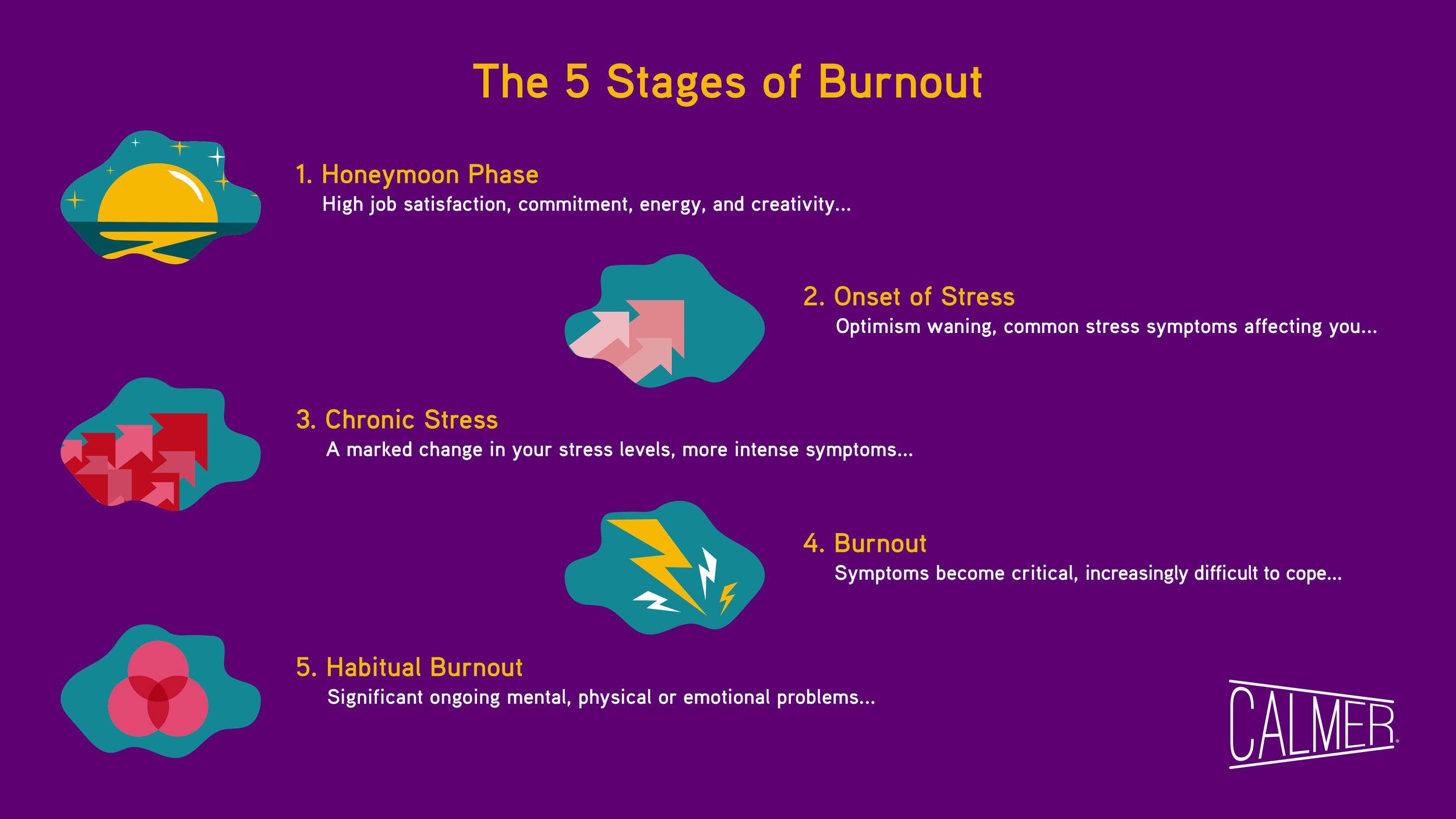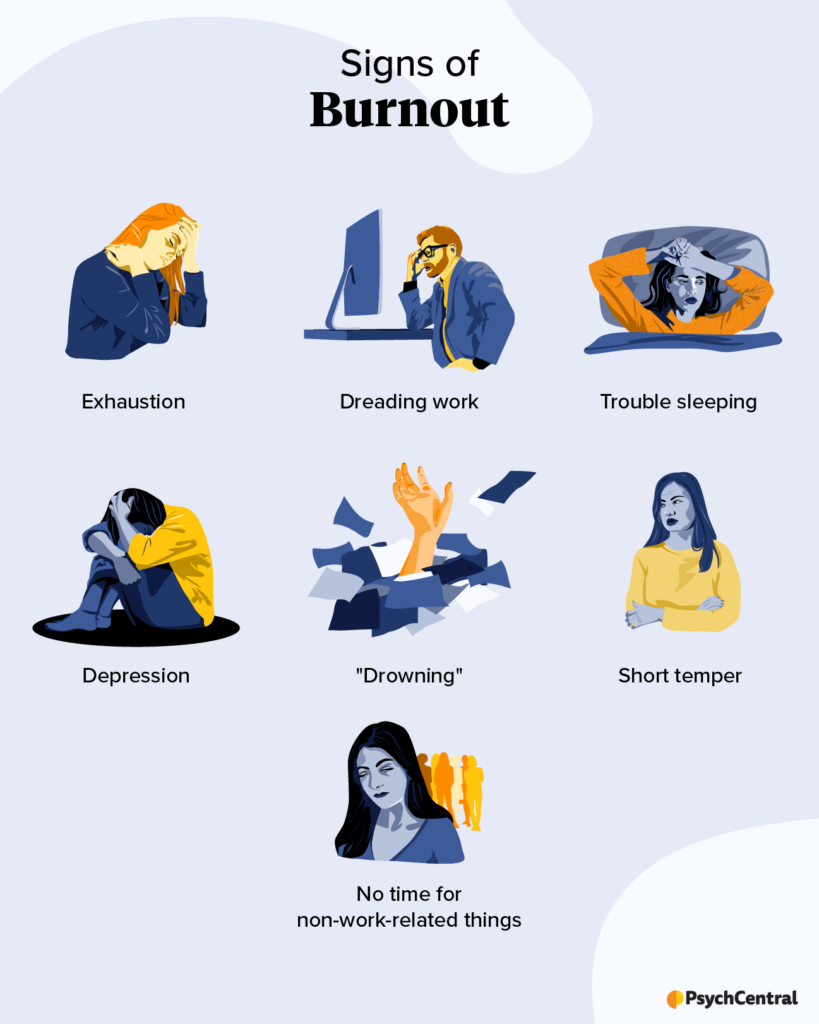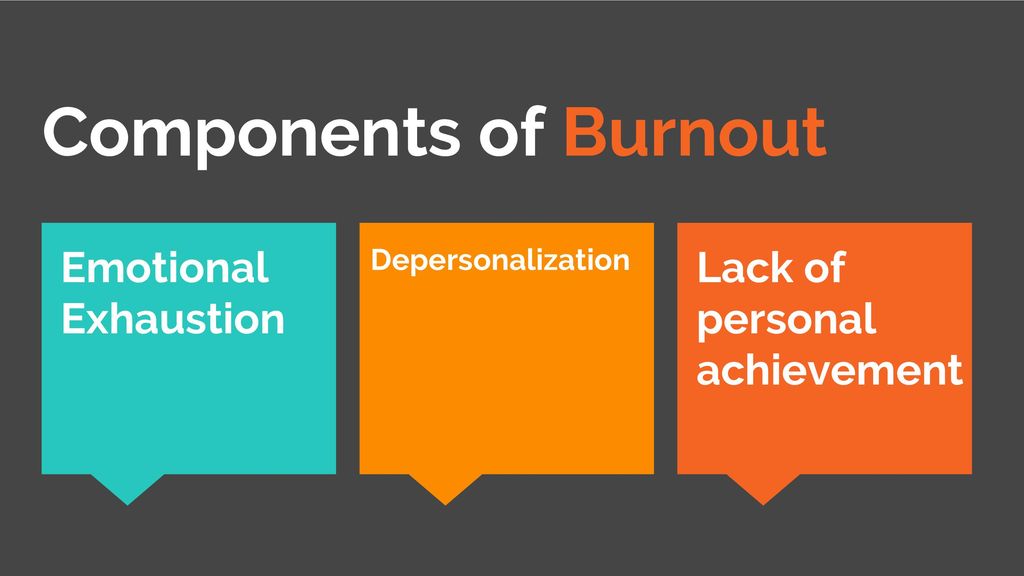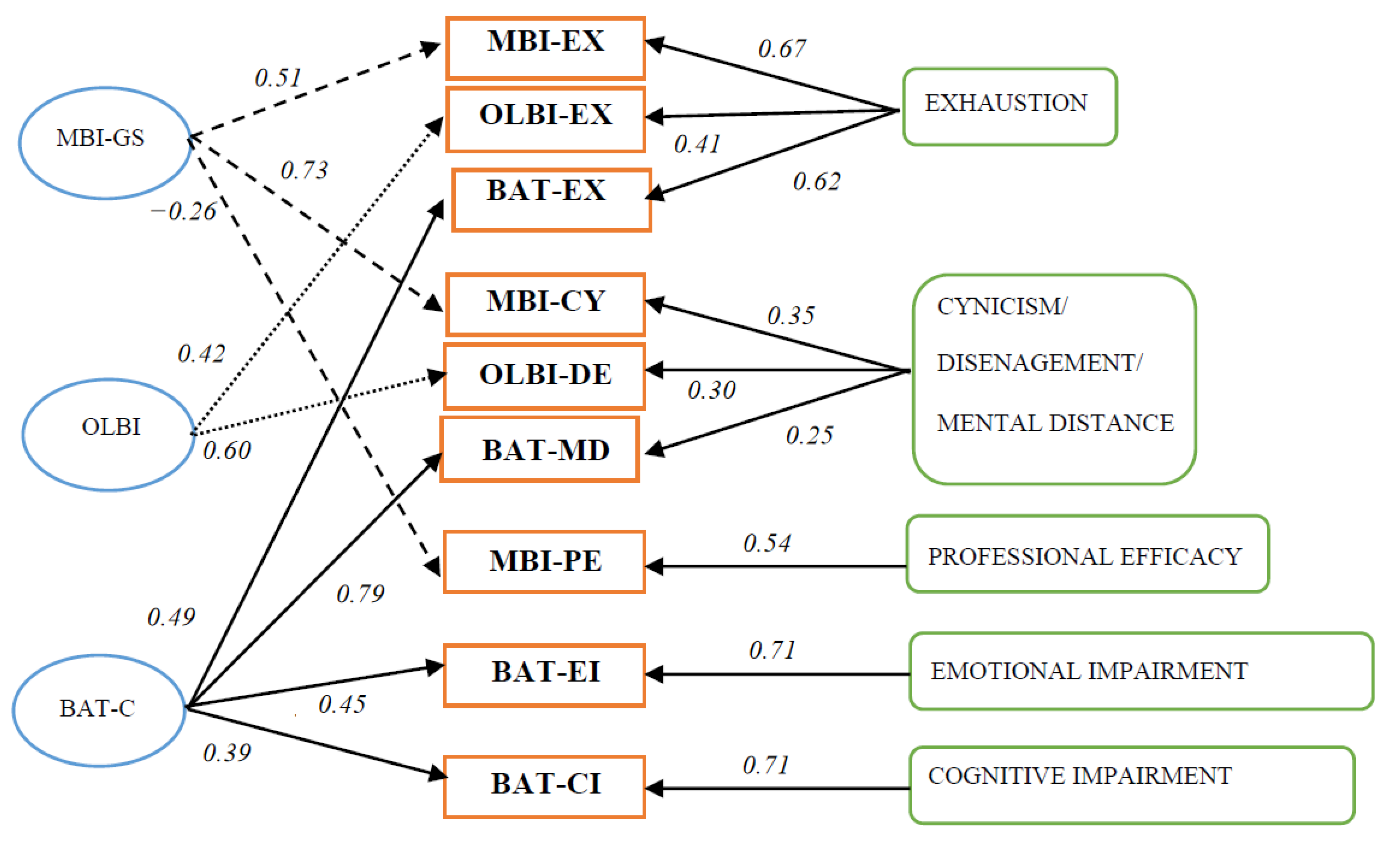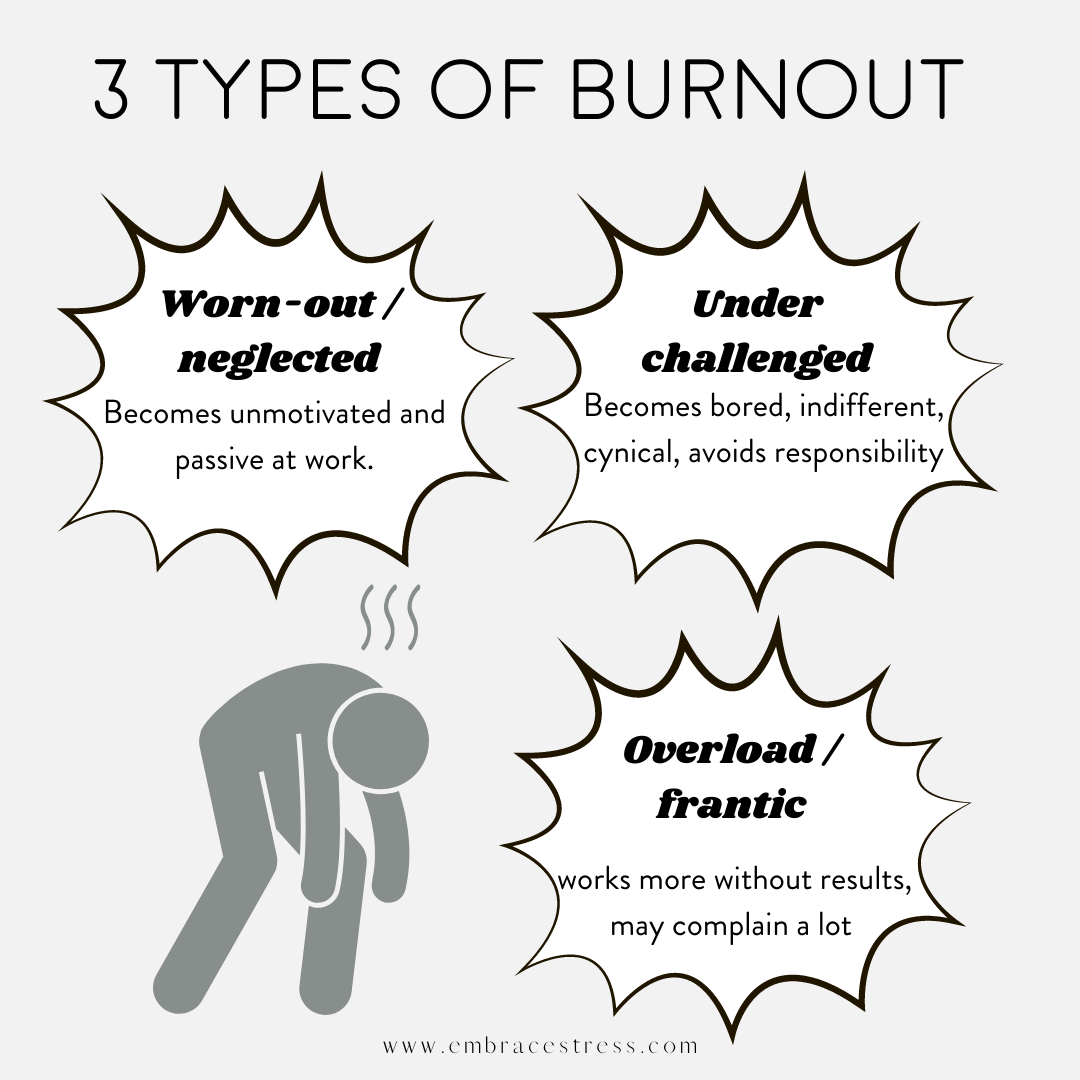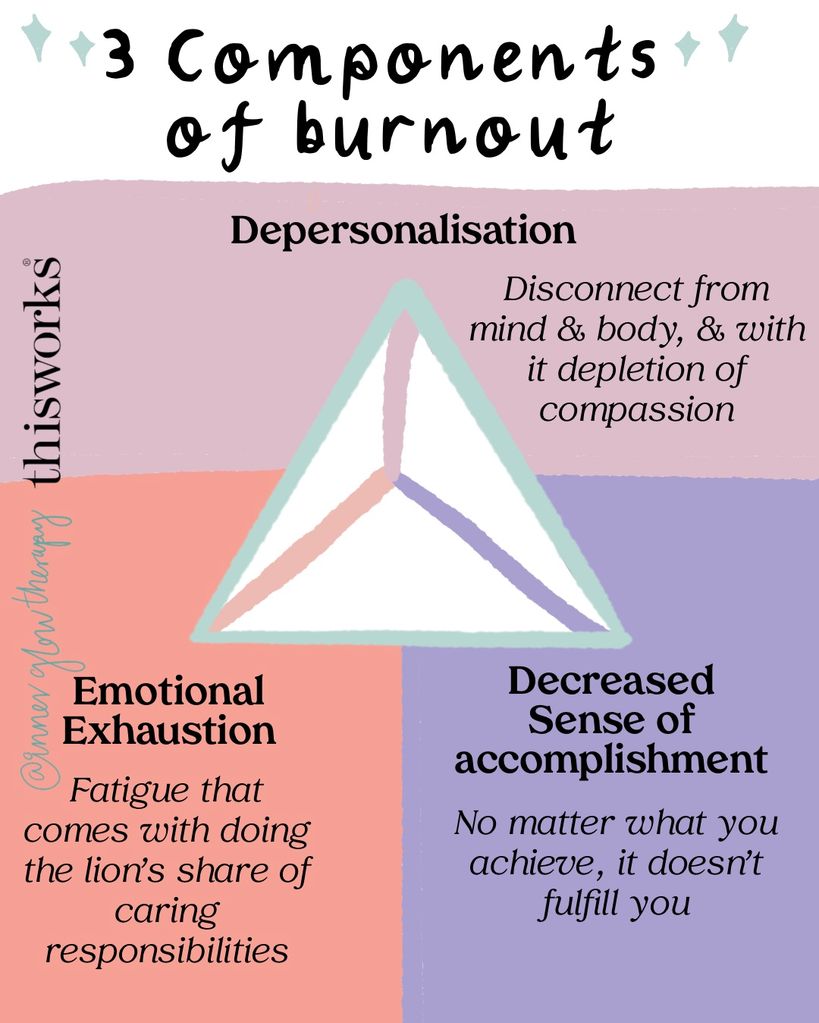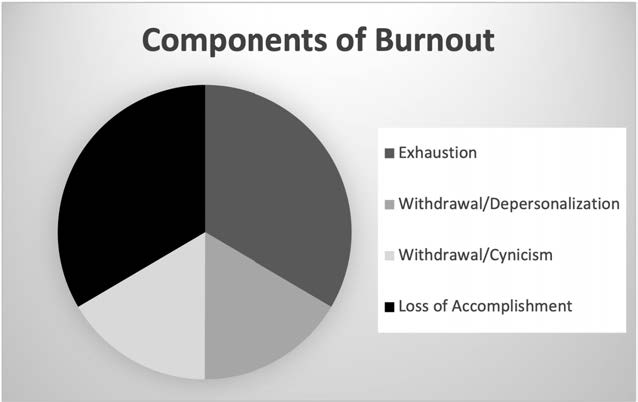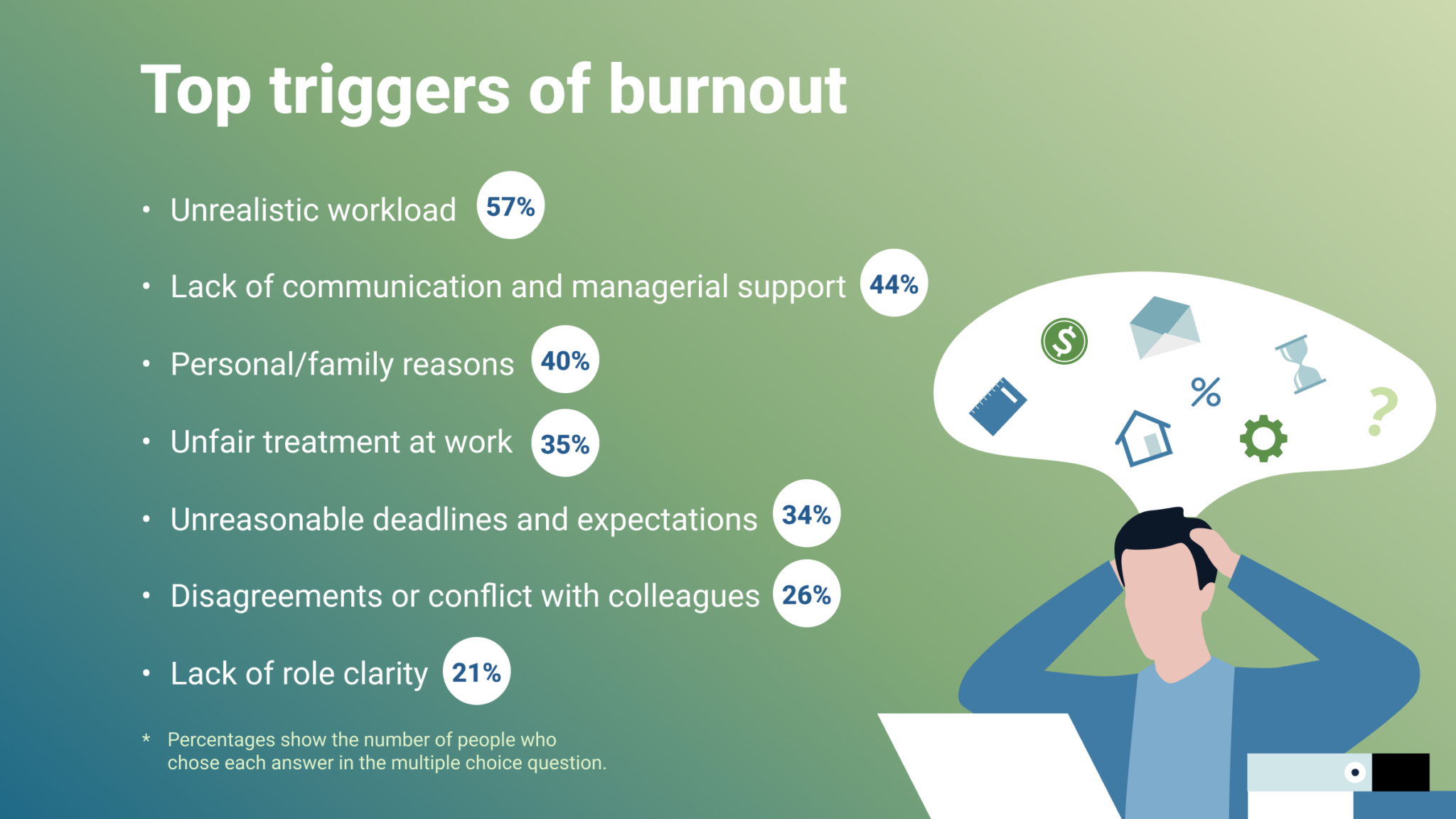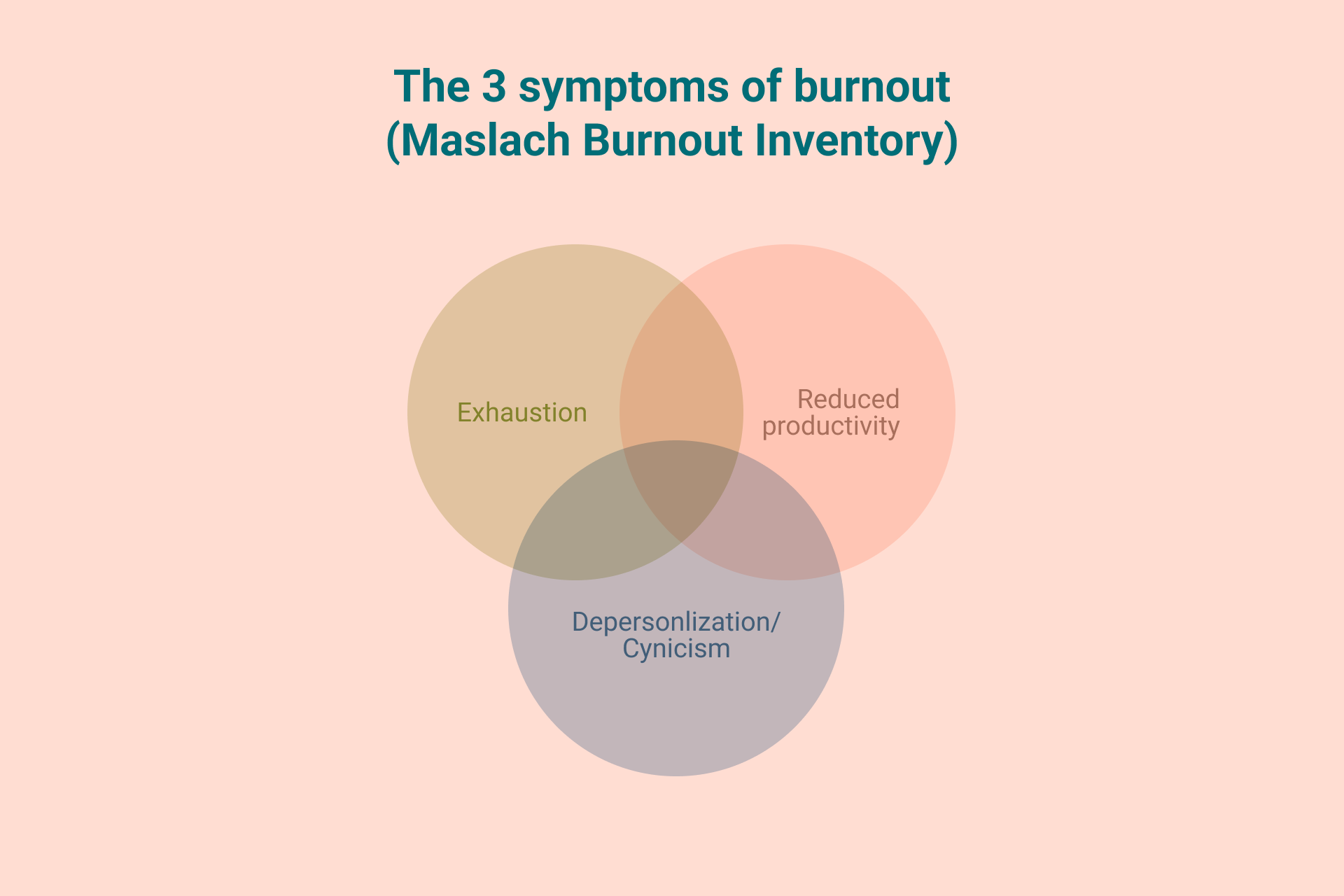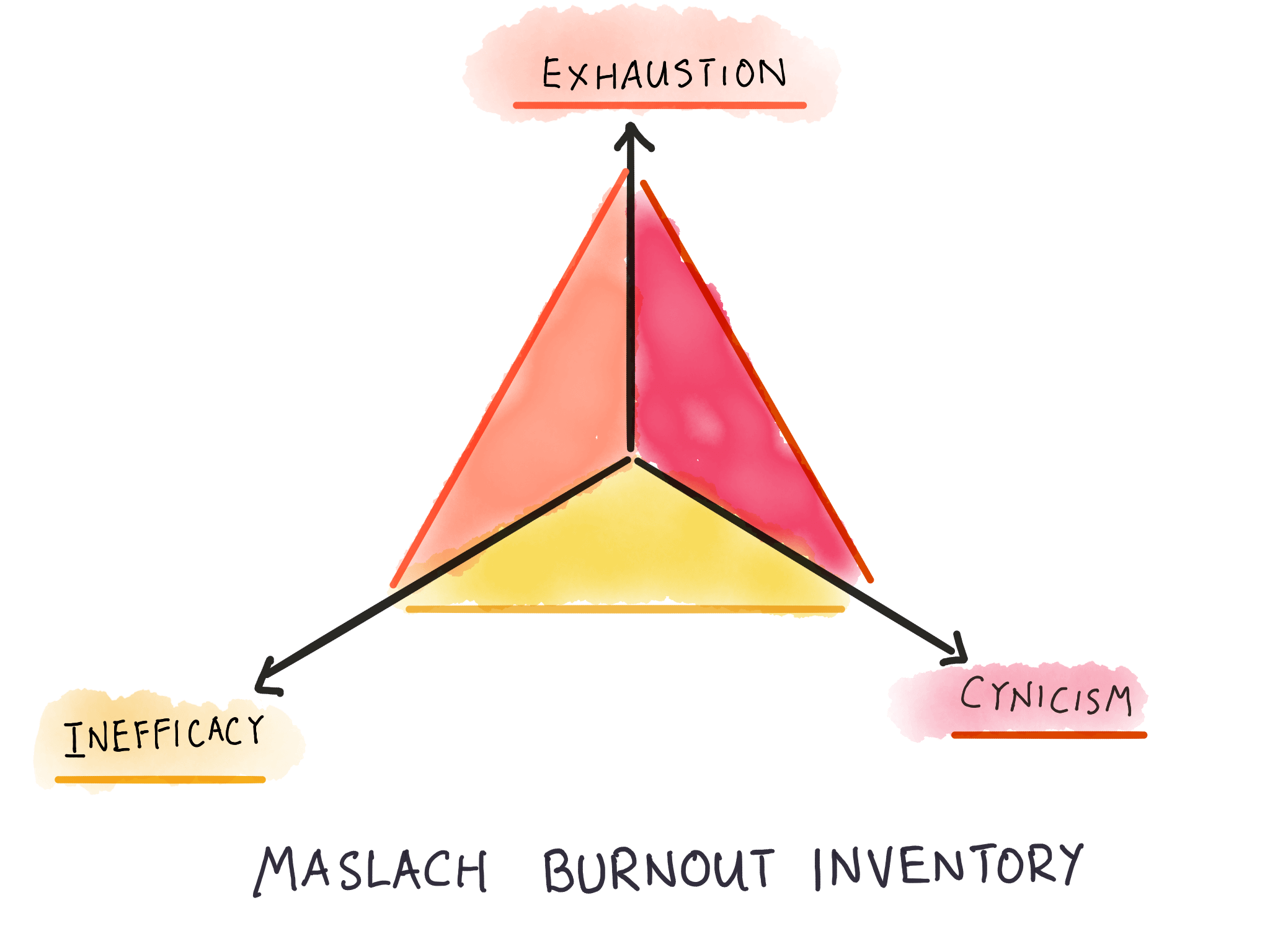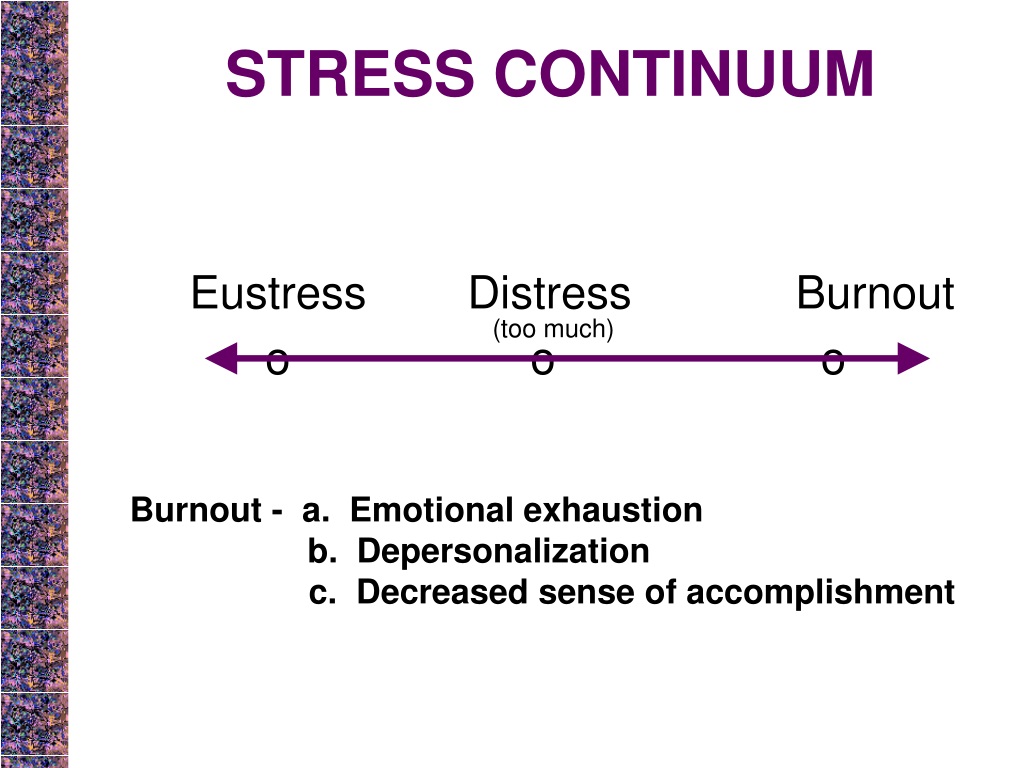Which Of The Following Is A Typical Component Of Burnout

The relentless pressure of modern life, particularly in the workplace, has brought the insidious threat of burnout into sharp focus. It's no longer a whispered concern but a recognized crisis impacting individuals, organizations, and even entire industries. But amidst the widespread discussion, pinpointing the core components of this debilitating condition remains crucial for effective prevention and intervention.
Burnout, as defined by the World Health Organization (WHO), is a syndrome conceptualized as resulting from chronic workplace stress that has not been successfully managed. This article delves into the typical components of burnout, exploring the defining characteristics that differentiate it from general stress or fatigue. Understanding these elements is critical for identifying burnout early, implementing targeted strategies, and fostering healthier work environments.
The Three Pillars of Burnout
Burnout isn't simply feeling tired or stressed. It manifests as a constellation of symptoms that cluster around three key dimensions.
Exhaustion: The Feeling of Depletion
This is often the most noticeable and immediate symptom. Exhaustion is characterized by a profound sense of fatigue, both physical and emotional. Individuals experiencing exhaustion may feel drained, depleted, and unable to cope with the demands of their work or personal life.
This feeling goes beyond simple tiredness after a long day. It is a persistent state of being overwhelmed, even after periods of rest.
Cynicism or Detachment: A Negative Attitude
As exhaustion sets in, individuals may begin to develop a negative or cynical attitude towards their work, their colleagues, and even the organization itself. This is often referred to as detachment or depersonalization. They may become distant, irritable, and less engaged with their responsibilities.
This cynicism can manifest as a loss of enthusiasm for previously enjoyed aspects of their work. They may view their contributions as insignificant and feel a growing sense of disillusionment.
Reduced Professional Efficacy: A Sense of Incompetence
The final component of burnout involves a decline in feelings of competence and accomplishment. Individuals experiencing this reduced efficacy may feel that their efforts are ineffective and that they are no longer making a meaningful contribution. This can lead to decreased productivity, a lack of motivation, and a sense of personal inadequacy.
This reduced sense of accomplishment can stem from the persistent stress and negativity associated with the other two components of burnout.
The Interplay of Components
It's important to note that these three components of burnout are interconnected and often reinforce each other. Exhaustion can lead to cynicism, which in turn can erode feelings of efficacy. This creates a vicious cycle that can be difficult to break.
According to a 2019 study published in the Journal of Organizational Behavior, the presence of all three dimensions significantly increases the likelihood of experiencing severe burnout symptoms and associated health problems.
Distinguishing Burnout from Stress
While burnout is a consequence of chronic stress, it's crucial to differentiate it from general stress. Stress can be a motivator, pushing individuals to achieve goals and overcome challenges. Burnout, on the other hand, is a state of complete depletion and disengagement.
The Mayo Clinic emphasizes that stress is often characterized by over-engagement, heightened emotions, and a sense of urgency. Burnout, however, is marked by disengagement, blunted emotions, and a sense of helplessness.
Factors Contributing to Burnout
Several factors can contribute to the development of burnout, including workload, lack of control, insufficient recognition, poor work relationships, lack of fairness, and value conflicts.
A heavy workload without adequate support or resources can quickly lead to exhaustion. Similarly, a lack of control over one's work or a perceived lack of fairness can breed cynicism and detachment.
Addressing Burnout: Prevention and Intervention
Addressing burnout requires a multi-faceted approach that focuses on both prevention and intervention. Organizations play a crucial role in creating healthier work environments that prioritize employee well-being.
This includes promoting work-life balance, providing opportunities for professional development, fostering a culture of recognition and appreciation, and addressing issues of fairness and equity. Individual strategies for coping with burnout include practicing self-care, setting boundaries, seeking social support, and engaging in activities that promote relaxation and well-being.
Moving Forward: A Call for Prioritization
Burnout is a serious issue with far-reaching consequences. Recognizing the typical components of burnout is the first step towards effective prevention and intervention.
By prioritizing employee well-being and fostering healthier work environments, organizations can mitigate the risk of burnout and create a more sustainable and fulfilling work experience for everyone.
Ultimately, addressing burnout requires a shift in perspective – one that recognizes the inherent value of employees and prioritizes their well-being as a cornerstone of organizational success. Only then can we hope to create a future where work is a source of fulfillment, not depletion.
